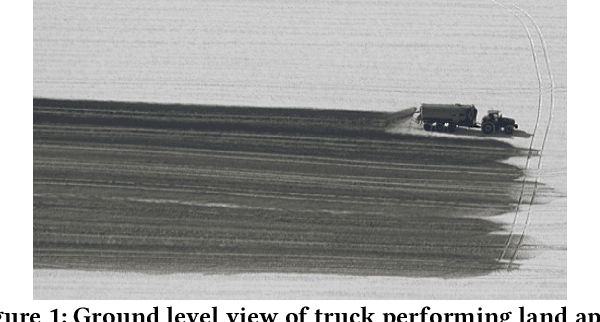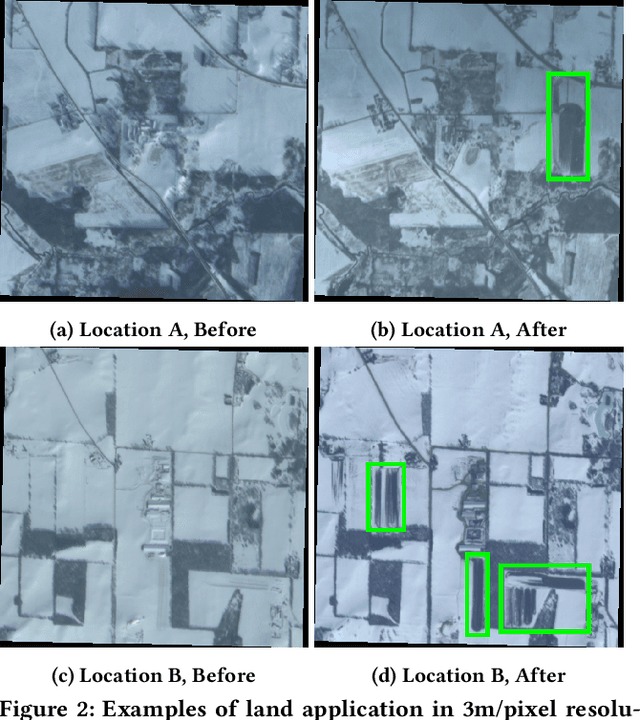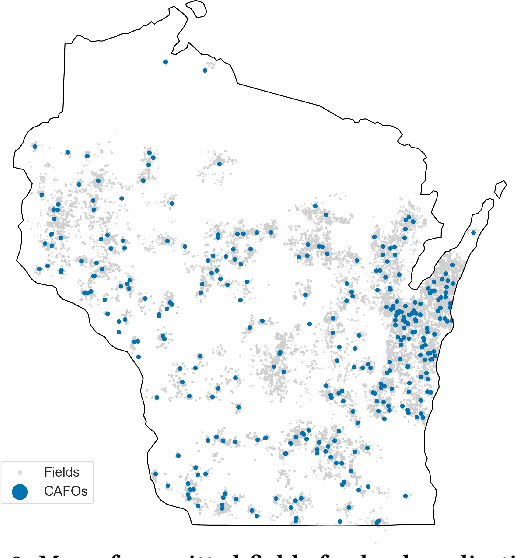Alex Feng
Dima
Gemma 3 Technical Report
Mar 25, 2025Abstract:We introduce Gemma 3, a multimodal addition to the Gemma family of lightweight open models, ranging in scale from 1 to 27 billion parameters. This version introduces vision understanding abilities, a wider coverage of languages and longer context - at least 128K tokens. We also change the architecture of the model to reduce the KV-cache memory that tends to explode with long context. This is achieved by increasing the ratio of local to global attention layers, and keeping the span on local attention short. The Gemma 3 models are trained with distillation and achieve superior performance to Gemma 2 for both pre-trained and instruction finetuned versions. In particular, our novel post-training recipe significantly improves the math, chat, instruction-following and multilingual abilities, making Gemma3-4B-IT competitive with Gemma2-27B-IT and Gemma3-27B-IT comparable to Gemini-1.5-Pro across benchmarks. We release all our models to the community.
Detecting Environmental Violations with Satellite Imagery in Near Real Time: Land Application under the Clean Water Act
Aug 18, 2022



Abstract:This paper introduces a new, highly consequential setting for the use of computer vision for environmental sustainability. Concentrated Animal Feeding Operations (CAFOs) (aka intensive livestock farms or "factory farms") produce significant manure and pollution. Dumping manure in the winter months poses significant environmental risks and violates environmental law in many states. Yet the federal Environmental Protection Agency (EPA) and state agencies have relied primarily on self-reporting to monitor such instances of "land application." Our paper makes four contributions. First, we introduce the environmental, policy, and agricultural setting of CAFOs and land application. Second, we provide a new dataset of high-cadence (daily to weekly) 3m/pixel satellite imagery from 2018-20 for 330 CAFOs in Wisconsin with hand labeled instances of land application (n=57,697). Third, we develop an object detection model to predict land application and a system to perform inference in near real-time. We show that this system effectively appears to detect land application (PR AUC = 0.93) and we uncover several outlier facilities which appear to apply regularly and excessively. Last, we estimate the population prevalence of land application events in Winter 2021/22. We show that the prevalence of land application is much higher than what is self-reported by facilities. The system can be used by environmental regulators and interest groups, one of which piloted field visits based on this system this past winter. Overall, our application demonstrates the potential for AI-based computer vision systems to solve major problems in environmental compliance with near-daily imagery.
 Add to Chrome
Add to Chrome Add to Firefox
Add to Firefox Add to Edge
Add to Edge